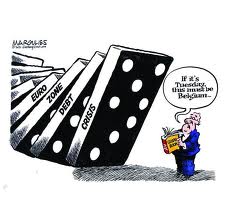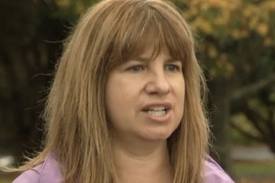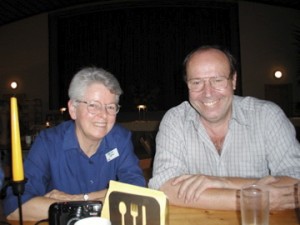Last Friday I went shopping in our local village, Otaki. First I went to the chemist to order a prescription for aspirin. Probably this is an import.
 Then I was keen to suss out black coats as mine had been going for over twenty years and was faded. Our wonderful department store had a good selection and as I tried them on I looked at the labels. They said they were Cashmere and of course the inevitable “Made in China” label was on them. Goodness knows how many middle men were involved or how much transport was involved. Did we send the wool to China and then ship it back as clothing? Probably. The clothing manufacturers in nearby Levin have nearly all closed down these days and factories lie empty. Jobs have gone to China.
Then I was keen to suss out black coats as mine had been going for over twenty years and was faded. Our wonderful department store had a good selection and as I tried them on I looked at the labels. They said they were Cashmere and of course the inevitable “Made in China” label was on them. Goodness knows how many middle men were involved or how much transport was involved. Did we send the wool to China and then ship it back as clothing? Probably. The clothing manufacturers in nearby Levin have nearly all closed down these days and factories lie empty. Jobs have gone to China.
Then I went to the local butcher to buy some cat’s meat and a lamb shank. (Oh I know I should be a complete vegetarian but I like lamb shanks and anyway when we move towards permaculture and mixed farming, it won’t be so energy and water intensive in its production and I am anticipating this day). The butcher wrapped both in plastic bags, sealed with more plastic and then put them together in a third plastic bag.
So how do we move our economy to a new economy? By currency and tax reform, that’s how. All this talk about sustainable development for the last thirty years has been only so much rhetoric. It can’t happen without dual currencies and without being able to design the second currency ourselves and issue it backed by land. All this talk about ‘Green growth’ is just an oxymoron when we insist on using a single monopoly currency, bank issued as interest bearing debt. All this talk about smart growth is just talk. They can go on doing it for another century and wishing won’t work without getting the underlying structure right.
What we want is to move to a truly sustainable economy. We can’t wave a magic wand or lecture people or choose winners to change that butcher from wrapping the meat in three plastic bags. We do it by designing our money system and our tax system in a smarter way. If we add in another currency, based on land, and have it only for trade within our country, then we are cooking with gas. We can grow our own trees and turn them into brown paper and wrap our meat in that. There is no need to spend our precious New Zealand dollars buying plastic to make into bags or importing them. Given the right currency signals, a paper making factory could come to Otaki, Levin or a small town near you.
And the empty factories can get going again using our own wool and our own labour and our own skill to make the coat I want to buy.
As for the aspirin, maybe kawakawa might be processed. I don’t know if it is the right plant or if it is possible, but I suspect all the older people like me who need to take a regular blood thinner to prevent heart attacks could well be serviced by a New Zealand product made with some natural product grown in New Zealand .
I guess the lesson is this. If you get the structure right that is all you have to do. We have seen this in abundance in recently revealed ACC’s structure. If case managers are given financial incentives to get long term claimants off ACC and the incentive is high enough, it will work. Leaving aside the totally immoral action in doing this, the policy was implemented and was successful in that the financial situation had a dramatic turn around.








